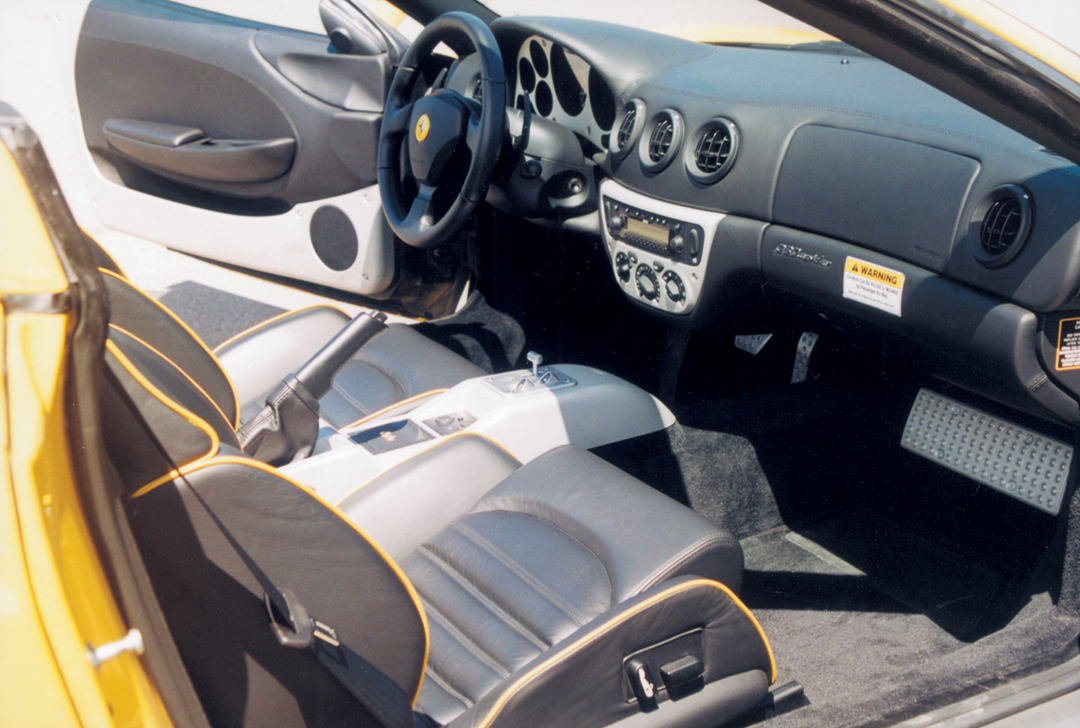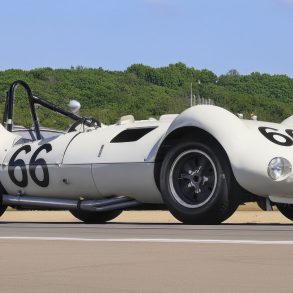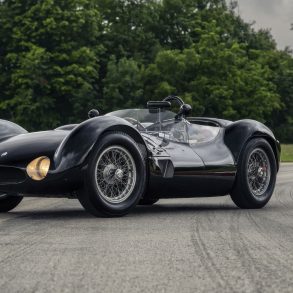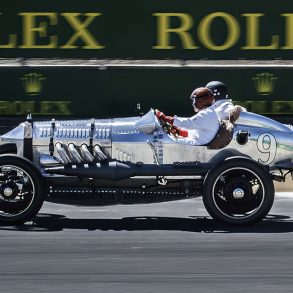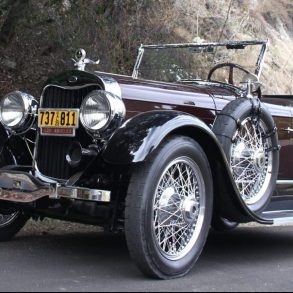If you’ve been following the ongoing changes in Formula One over the course of this season, then you’ll no doubt be aware of the hotbed of controversy revolving around advanced electronics, such as traction control, semi-automatic gearboxes, and even launch control for standing starts. Enthusiasts and pundits alike, have expressed concern that racing a modern Formula One car has become more like a video game and less a test of a driver’s skill to control the car.
If we look back 40 years, to when Phil Hill won the Formula One Driver’s Championship in his Ferrari “Sharknose,” Hill’s only “driver aid” was a clean pair of spare goggles. For Hill and many of the subsequent champions who didn’t benefit from these advances, racing a Formula One car required not only nerve and a certain “seat of the pants” sense of what the car was doing, but also the keen skills of threshold braking and accurate, lightning-fast gear changes. According to many experts, it is the loss of this last driver skill that has eliminated so much of the passing (and therefore excitement) in Formula One.

With the advent of semi-automatic gearboxes, and “paddle-shifters” located on the steering wheel, it is now virtually impossible for a driver to miss a shift. If you speak with drivers from the “pre-paddle” days, they will tell you that the vast majority of passing in those times was achieved while downshifting into a corner. Miss a shift and it was virtually assured that you would be passed.
So, in the interest of good journalism and in-depth investigative reporting, I made it my mission to get to the bottom of this semi-automatic gearbox controversy – for you, the valued reader. Unfortunately, the only way to properly do this – as you might have guessed – was to test drive a car with true Formula One-style paddle shifting and see for myself how big a difference the technology really made. Now, I know what you’re thinking, “No, no Casey, that’s much too big a sacrifice to make.” I know, but I felt strongly that this was a story that had to be told… by me. Fortunately, the folks at Ferrari of North America were willing to help with my “journalistic quest.” In order to set the record straight, they gave me the use of the new 360 Spyder, which benefits from an electro-hydraulically actuated semi-automatic gearbox that is as close to a Formula One car’s as you will find this side of Monza.
Bobbling around the city, this system seems like a subtle variation of any normal automatic transmission. But once you start pounding through the twisty bits, the difference becomes striking. For me the truth was revealed on a long, switchback stretch of California’s Highway 1, just north of San Francisco. Early on a weekday morning, I attacked this tortuous stretch of road to see how much advantage I could gain with the F1-style clutchless, paddle-shifter. The short answer is a lot. The first major advantage was the obvious fact that I never had to remove my hands from the steering wheel to shift – flick a finger, change a gear. The second big advantage was the fact that each of the hundreds of upshifts and downshifts that I made were easily twice as fast as I could have made even if I were speedshifting a standard gearbox. But the last big advantage was the one that most caught me off-guard. By not having to think about, plan and execute a series of clutch and shift movements, my mind, and therefore coordination, was surprisingly freed up to concentrate more completely on braking points and placing the car in the correct place. Additionally, I was surprised to find that by the end of the run, I was mentally and physically much “fresher” than I would have been if I had been stirring a box of gears all morning.
Funny enough, as I flew home after my two-day stint with the 360, I struck up a conversation with a young attorney sitting next to me. He asked me what I had been doing in the Bay area, so I explained to him about the test drive, including the basics of how the semi-automatic gearbox worked. By the time I finished, he shook his head and said, “Jeez, it sounds like driving is getting more and more like a video game.” I couldn’t have said it better myself.




